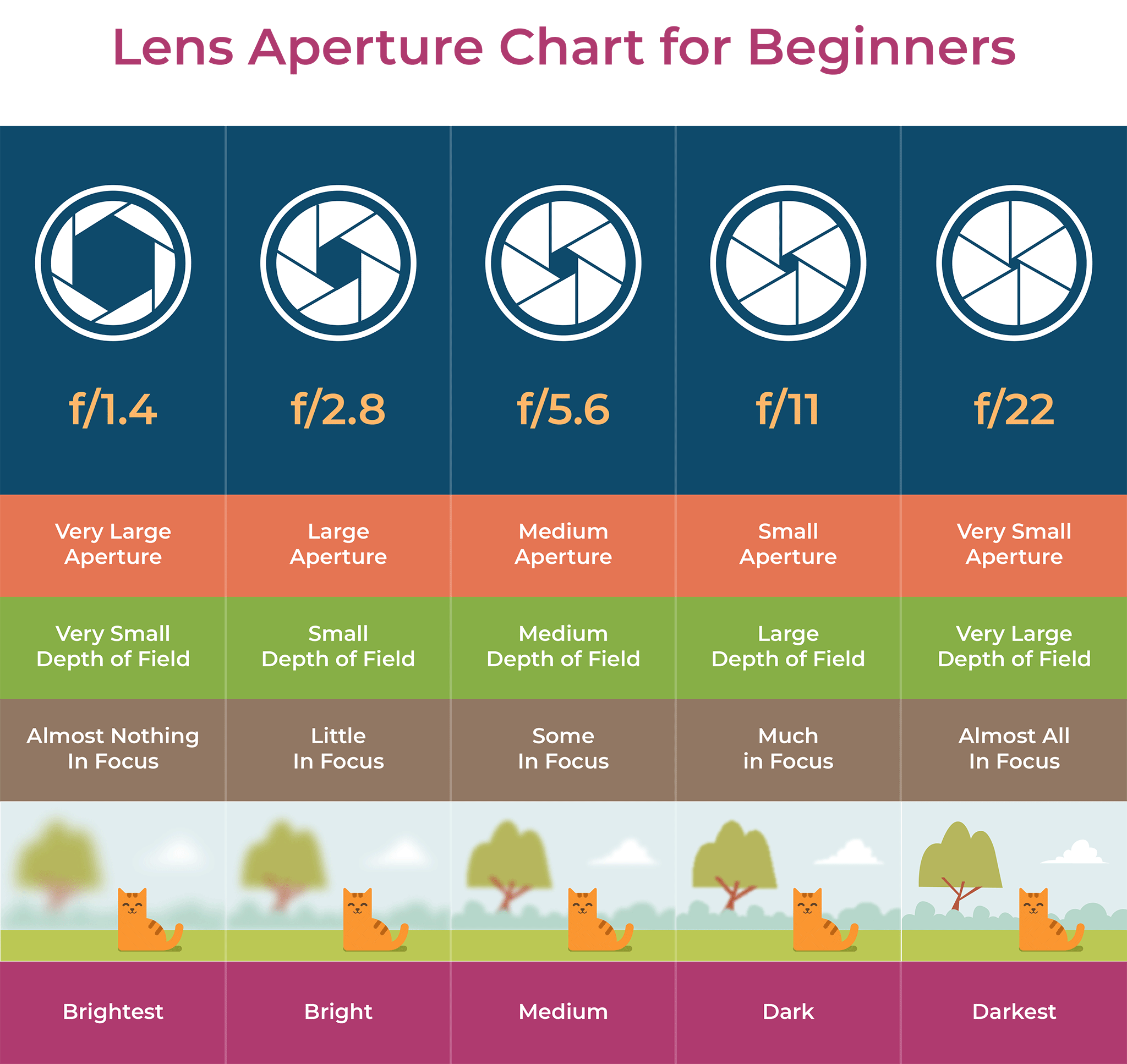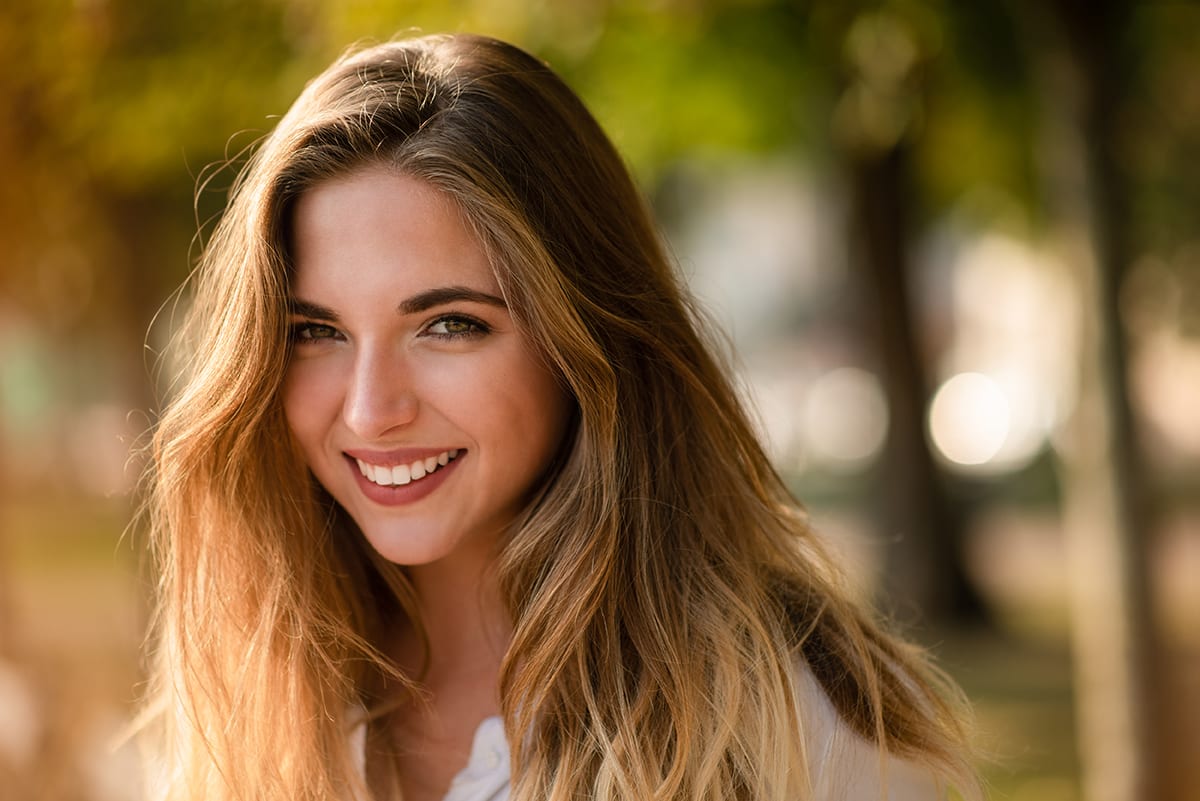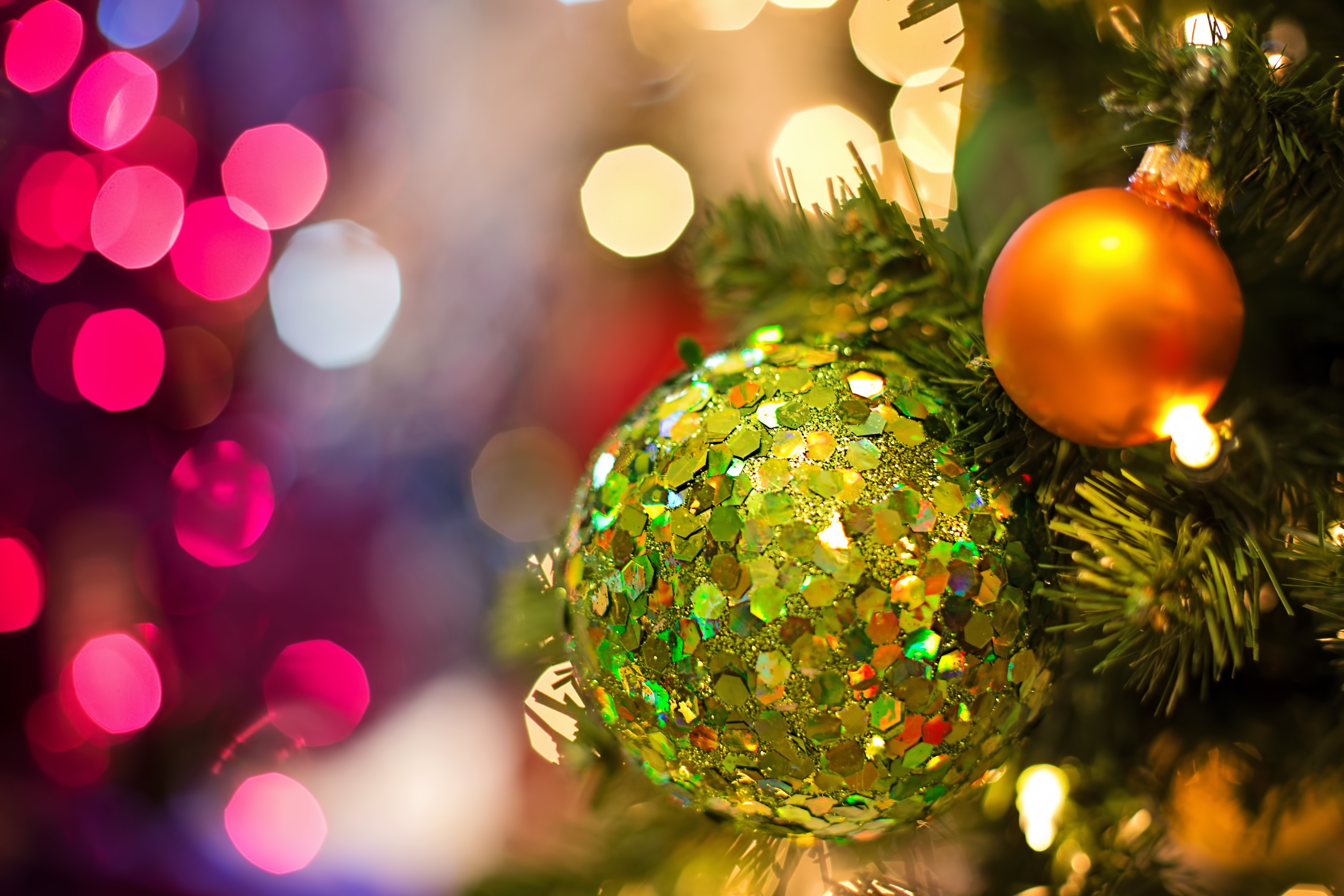Mastering Bokeh: Creating Beautiful Blurred Backgrounds for Focus-Driven Photography
Bokeh is a powerful photography technique that emphasises the subject while rendering the background beautifully out of focus. This article explores what bokeh is, how to create it, and its artistic applications. Whether you're a beginner or an experienced photographer, mastering bokeh can enhance your visual storytelling by drawing attention to your subject and adding depth to your images. We’ll cover the technical aspects of achieving bokeh, the best lenses for the job, and how you can practice using this technique in your photography projects.
 |
| Bokeh is a powerful photography technique. (📷MrsLight) |
What Is Bokeh?
Bokeh refers to the aesthetic quality of the blur produced in the out-of-focus parts of an image. Derived from the Japanese word "boke", which means "blur" or "haze," bokeh helps create a visually pleasing contrast between the sharp subject and the background. It’s an essential technique for isolating your subject and creating a sense of depth, making it a staple in portrait, macro, and nature photography. Unlike mere blur, bokeh has an artistic quality that adds beauty to an image, especially in the form of smooth, soft, and circular light spots.
How to Achieve Bokeh: Key Techniques
1. Use a Wide Aperture
The aperture of your camera lens plays a critical role in achieving bokeh. A wide aperture (expressed as a low f-number, such as f/1.8 or f/2.8) allows more light into the camera and reduces the depth of field. This shallow depth of field keeps the subject in sharp focus while softening the background. The wider the aperture, the more pronounced the bokeh effect. Lenses with large maximum apertures, such as prime lenses, are ideal for bokeh.
 |
| (📷photographylife) |
2. Choose the Right Lens
Not all lenses are created equal when it comes to bokeh. Lenses with longer focal lengths (such as 85mm or 135mm) and large apertures tend to produce the best bokeh because they offer a narrow depth of field. Portrait lenses, particularly prime lenses, are often recommended. While zoom lenses can also create bokeh, prime lenses with fixed focal lengths are often sharper and offer better optical quality for bokeh photography. Speciality lenses, such as those with rounded aperture blades, can further enhance the smoothness of the blur.
| Lenses with fixed focal lengths are often sharper and offer better optical quality for bokeh photography. (📷petapixel) |
3. Get Close to Your Subject
Another factor that influences bokeh is the distance between the subject, the camera, and the background. The closer you are to your subject, and the farther the background is from both the subject and the camera, the stronger the bokeh effect. By maximising this distance, you can make the background blur more pronounced, which helps your subject stand out with beautiful clarity.
 |
| The closer you are to your subject, and the farther the background is from both the subject and the camera, the stronger the bokeh effect. (📷fixthephoto) |
Artistic Applications of Bokeh
Bokeh is more than a technical trick — it’s an artistic tool that can significantly impact the mood and focus of a photograph. Here are a few ways photographers can creatively use bokeh:
Portraits: Bokeh is highly effective in portraits because it helps isolate the subject, creating a flattering, professional look. The soft background complements the subject and adds a dreamy, intimate quality to the image.
 |
| Bokeh is highly effective in portraits. (📷tlmedia.online) |
Nature Photography: When shooting close-ups of flowers, insects, or other small subjects, bokeh enhances the focus on the delicate details while rendering the background a smooth, unobtrusive blur. It allows you to emphasise the intricate patterns and textures of your subject.
 |
| Bokeh enhances the focus on the delicate details while rendering the background. (📷wallhere) |
Night Photography: Lights in the background — streetlights, city lights, or holiday decorations — can become beautiful circles of light when using bokeh in night photography. This creates a magical, ethereal effect that’s perfect for holiday or event photography.
 |
| Lights in the background create a magical, ethereal bokeh effect. (📷wall.alphacoders) |
Common Mistakes to Avoid
When trying to achieve bokeh, there are a few pitfalls to watch out for:
Overexposure: With a wide aperture, you may accidentally overexpose your image. Keep an eye on your camera’s exposure settings and adjust shutter speed or ISO to compensate for the increased light coming through your lens.
Unflattering Backgrounds: While the background is blurred, its colours and light sources can still affect the overall mood of your image. Be mindful of what’s in the background — distracting shapes or harsh lights can detract from the bokeh effect.
Focusing Issues: Using a wide aperture makes focusing more challenging. A small shift in distance can throw your subject out of focus. Ensure you use precise focusing techniques, such as using autofocus on the subject’s eyes for portraits.
 |
| Unlike mere blur, bokeh has an artistic quality that adds beauty to an image. (📷publicdomainpictures) |
Bokeh is a technique that can elevate your photography to a professional level by drawing focus to your subject while creating a stunning blurred background. With the right equipment, techniques, and practice, you can master bokeh and use it to add depth, emotion, and beauty to your images. Try out the photography project above and explore how bokeh can bring a new dimension to your work.
⭐⭐⭐


